Baked custard questions
5 years ago
Featured Answer
Sort by:Oldest
Comments (43)
- 5 years ago
Related Discussions
RECIPE: Lemon Custard Cakes
Comments (30)grammabonnie We've got a recipe that's a lot like this one called Puff Pudding and one of the ingredients is Grape Nuts. It's baked in a 1 quart baking dish. Here's what the directions say for baking. "Pour into greased 1 quart baking dish. Set dish in pan of hot water. Bake at 325 degrees for 1 hour and 15 minutes. The baked pudding will have 2 layers. Serve warm or chilled."...See MoreJulia Child's Custard (Questions)
Comments (5)Lars, thank you so much for your help! They are great suggestions! Linda C, I wrote down the ingredients for the custard as I watched it. So don't fret! Here is what I have written down. Please bear with me as I'm not used to writing recipes like this one. This may help answer further questions/concerns. 1 cup glaced fruits (she didn't say how many cherries to go on top but they looked glaced as well) 1 quart of milk 5 whole eggs plus 5 yolks 1 cup of sugar 1 Tablespoon vanilla extract Store bought pound or sponge cake (the rectangle ones) Chopped almonds (optional;to go on after it's all done) Glaze (Optional) 1/2 cup apricot jam 1 Tablespoon sugar Soak fruits in hot/boiling water for a minute to 2 minutes. Drain. Set aside. Heat milk over the stove (hers was hot enough that a skin formed on top). Break eggs and yolks into a large bowl. Beat in 1 cup sugar gradually. Then add the milk gradually. Add vanilla. Line an 8 x 8 pan (two inches high she said) with wax paper (she took the wax paper and set it against some blue paper and drew lines so there are nine servings). Lay cherries onto each square as you like (decoratively). Cut off the sides and bottom of the cake, then cut the cake into half inch slices lengthwise, then into squares. Place a square over each cherry section. Ladle custard over cake carefully. Spoon fruit over first layer evenly. Repeat until pan is filled. Place the pan into a pan of water. Water should be halfway to the custard pan. Set oven to 350 degrees. Bake for about an hour. A special note she said was to keep an eye on the water so it doesn't bubble rapidly. Rest for about 20 minutes or even overnight was better she said. Now for the glaze. Strain 1/2 cup of jam through a sieve. In a saucepan, add jam and Tablespoon of sugar. Let it boil until it gets sticky. This can be made ahead and reheated. When the custard has set, flip it onto a plate (or whatever you have that's large enough). Peel off the wax paper. Cut into slices or leave whole if desired. Brush with glaze and add almonds and serve. Whew! Julia sure knew what she was doing! Sorry for the length but this was an entire episode of The French Chef. Brad AKA Moonwolf...See MoreZwetschenwaie - Prune Plum Custard Tart
Comments (4)Sounds very good. I made a simpler version last weekend. Pastry base, plum quarters, then the filling was just 2 eggs, 70g sugar and 100mls cream. It was light and delicious....See MoreThings that need using up banana custard edition
Comments (7)Sorry, Carol! And thanks for pointing it out. I've edited it. I did use them--three mini-pie dishes--for the leftovers. The main difference is they were a bit more on the sweets side because they're shallow. Fewer, deeper ramekins or proper custard cups might have been better for the custard, though as is they were also really good! BTW, the crust is whole wheat (red) with spices....See More- 5 years ago
- 5 years ago
- 5 years ago
- 5 years ago
- 5 years agolast modified: 5 years ago
- 5 years ago
- 5 years agolast modified: 5 years ago
- 5 years ago
- 5 years agolast modified: 5 years agolinnea56 (zone 5b Chicago) thanked carolb_w_fl_coastal_9b
- 5 years ago
- 5 years ago
- 5 years ago
- 5 years agolast modified: 5 years ago
- 5 years ago
- 5 years ago
- 5 years agolast modified: 5 years ago
- 5 years ago
- 5 years agolast modified: 5 years ago
- 5 years ago
- 5 years ago
- 5 years ago
- 5 years ago
- 5 years agolast modified: 5 years ago
- 5 years ago
- 5 years ago
- 5 years ago
- 5 years ago
- 5 years ago
- 5 years ago
- 5 years ago
- 5 years ago
- 5 years ago
- 2 years ago
Related Stories

KITCHEN DESIGN9 Questions to Ask Before You Plan Your New Kitchen
To get your dream kitchen, start with a strong mission and wish list, and consider where you’re willing to compromise
Full Story
ORGANIZINGPre-Storage Checklist: 10 Questions to Ask Yourself Before You Store
Wait, stop. Do you really need to keep that item you’re about to put into storage?
Full Story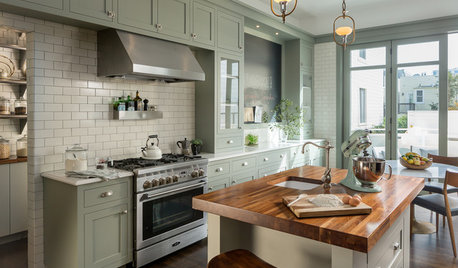
KITCHEN DESIGN7 Tricky Questions to Ask When Planning Your New Kitchen
Addressing these details will ensure a smoother project with personalized style
Full Story
REMODELING GUIDESPlanning a Kitchen Remodel? Start With These 5 Questions
Before you consider aesthetics, make sure your new kitchen will work for your cooking and entertaining style
Full Story
FEEL-GOOD HOMEThe Question That Can Make You Love Your Home More
Change your relationship with your house for the better by focusing on the answer to something designers often ask
Full Story
KITCHEN DESIGN9 Questions to Ask When Planning a Kitchen Pantry
Avoid blunders and get the storage space and layout you need by asking these questions before you begin
Full Story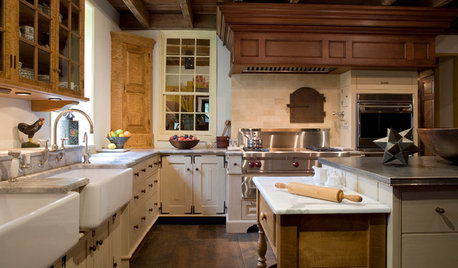
KITCHEN DESIGNHow to Create a Dedicated Baking Station
Avid bakers love having a designated kitchen space. Here’s what to consider when planning yours
Full Story
GREEN BUILDINGConsidering Concrete Floors? 3 Green-Minded Questions to Ask
Learn what’s in your concrete and about sustainability to make a healthy choice for your home and the earth
Full Story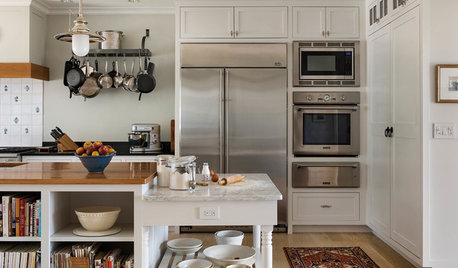
KITCHEN MAKEOVERSThis Extra-Large Island Has a Built-In Baking Station
To get more kitchen space, a Connecticut family transforms an attached garage into a room that really cooks
Full Story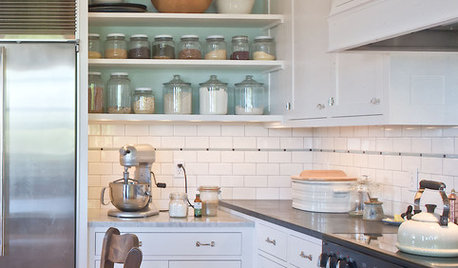
KITCHEN DESIGNLove to Bake? Try These 13 Ideas for a Better Baker's Kitchen
Whether you dabble in devil's food cake or are bidding for a bake-off title, these kitchen ideas will boost your baking experience
Full Story


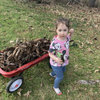
Islay Corbel